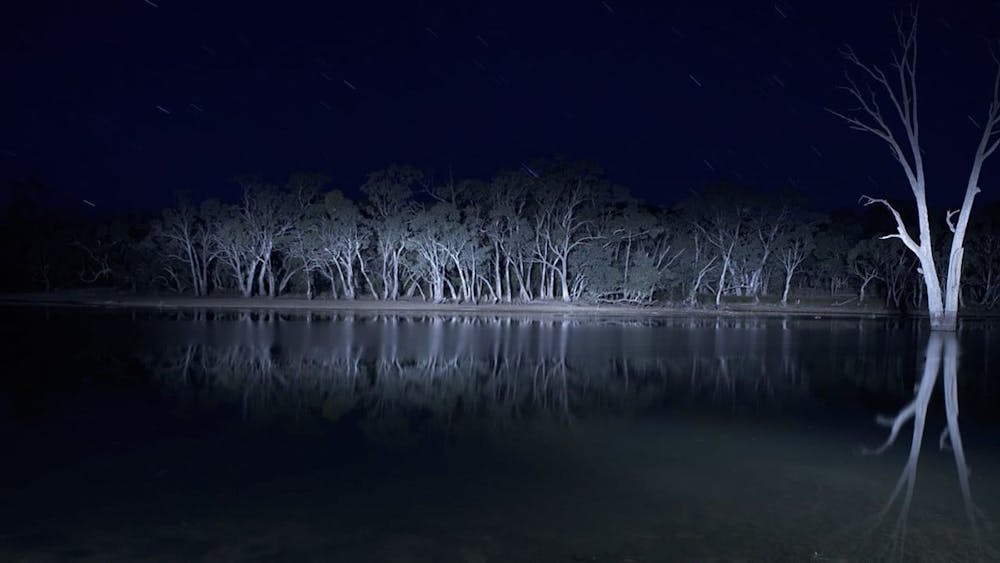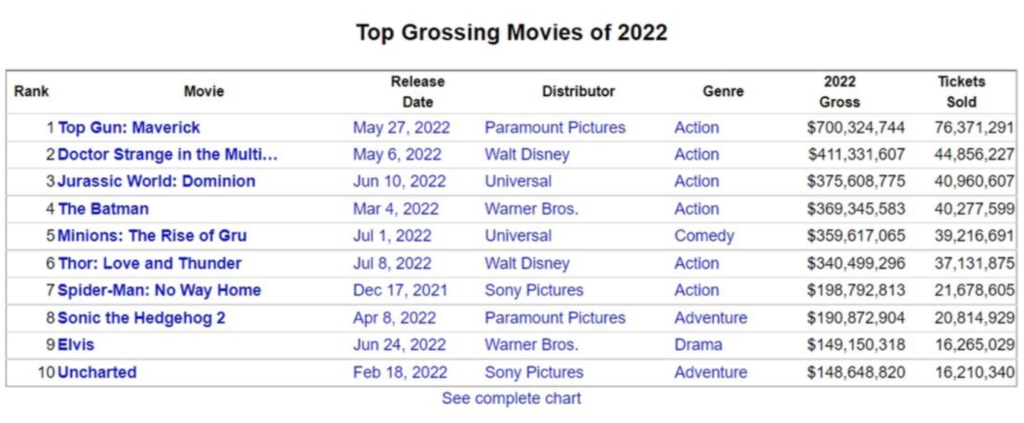All posts by Ruby Glennon
Filters
Cinematography and Diegesis
Diegesis- (alice in wonderland)

refers to the world represented in the film and what is happening inside it. Diegetic gaze is described as the way the audience interprets different elements of the film.
Intra-diegetic gaze- (lake mungo)

is used when the audience is placed within a character’s viewpoint, for example as a first person view. for example found footage movies.
Extra-diegetic gaze- (Fear and Loathing in las vegas)

often known as “4th wall breaking”, is used when a character addresses the audience by either looking into the camera, or talking to them through monologue.
Cinematography Definitions
Cinematography
Blend of science and art used to capture, manipulate and store moving images for the purpose of creating a motion picture. Example of cinematography are the decisions made about lighting, camera filters and lenses when shooting a movie scene. The art, science, and work of photography in making films.
Cinematographer
A cinematographer, also known as a Director of Photography, oversees the camera and the lighting crew. They’re the person responsible for creating the look, colour, lighting, and framing of every single shot in a film.
The Shining First Response
| The Shining Kubrick (1980) | Critical Score: 8/10 | Memorable scene: RedRum – Danny manages to anticipate what is about to happen by writing “redrum” on the bathroom door because this is where the murder will take place. Adds suspense. |

Editing
Editing- to prepare (motion-picture film, video, or magnetic tape) by deleting, arranging, and splicing, by synchronizing the sound record with the film, etc. The craft of cutting/splicing scenes in order to assemble a finished film.
Blade Runner First Response
| Blade Runner (Scott, 1982) | Critical Score: 6/10 | Memorable Scene: “Tears in rain” is a 42-word monologue, consisting of the last words of character Roy Batty (portrayed by Rutger Hauer) in the 1982 Ridley Scott film Blade Runner. I think this scene is memorable and it has also been described as “perhaps the most moving death soliloquy in cinematic history”. I think the overly dramatic setting and speech adds to the characters pain and emotion, the rain portraying his sadness. |

Mise en scene review- 500 words
Formula for box office hits

6/10 of the movies are action.
Cultural context:
-Economic – influence from economy (businesses, finance etc) budget, box office, audience.
-Geographical – setting of movies, place it was recorded
-Historical – when the film is made, when the film is set.
-Institutional – linked to economic context and film industry
-Political – ideologies, views and opinions portrayed in the movie
-Social – society, representation of people
-Technological – breakthroughs (sound, colour, cgi etc)
Mise en Scene (the machinist)
consists of:
-Setting
-Costume and Makeup
-Lighting
-Staging (movement and performance)
Chaotic vs Anally Tidy
Use of Mise en Scene in The Machinist (2004 by Brad Anderson)
Lighting:

Very little light is used, and we first meet Trev in a storm in the dead of night, and even indoor scenes are filmed with very little use of light. The only light we see is the harsh bright lights of the Airport Café. The camera cuts to the clock, and back. This complements nicely with the harsh lighting, giving us an insight into his inability to sleep. Close ups with a strong use of shadow are also used to portray Trev as a dark character. Virtually the whole movie is nearly black & white with a strong blue or green tint.
Costume and appearance:

We always see Trev in dark clothing, and when we see him in his bathroom mirror is used to portray just how thin he his. The skin-tones are shot dark, often covered in deep shadows.
Shots:

The high angle shot above amplifies the drama and helplessness of the character.
categorizing film+IB learner profile
Being reflective is useful because you can look back on what you have seen and interpret different things and improve.
Being knowledgeable is useful because you can use that knowledge to understand different elements of the film.
Being a thinker is important because you need to be able to theorize and create ideas.
Being an inquirer is good because it shows your interest and allows you to understand better and be able to question and challenge ideas.
Being balanced is good because it allows you to look at all aspects of a film.
Being a risk-taker is important so that you can create new things.
Communicator-be able to show ideas easily/ put out a message.
Principled-
Caring- to think through your ideas and not offend anyone.
Open-minded- be open to all ideas and consider more.
| Art film | Mainstream film | Historically significant film |
| The shape of water Alphaville The wizard of oz | The breakfast club A Bugs Life Love Simon | The wizard of oz Battleship Potemkin Seven Samurai Once upon a time in the west Alphaville Fitzcarraldo |
Summer Task (what makes a good film)
What makes a film ‘good’?
Darren Aronofsky’s Black Swan
Black Swan is a psychological horror which tells the story of Nina Sayers, a ballerina who dreams of dancing the Swan Queen in Swan Lake. When she wins the lead role, Nina slowly begins losing her mind in a curious and intense mix of melodrama and horror. The movie is over the top, and some of its effects are over done but it is richly enjoyable. Nina’s hallucinations play an important part in the movie as the viewer cannot tell the difference between reality and her delusions since the movie is from her point of view. This makes the movie ’good’ because it gives the viewer a sense of complication and leaves you thinking about it for a while after.
Most of the films visual effects are quite subtle, taking us along with Nina on her journey to insanity. However, the film’s finale where Nina transforms into the black swan shows us how she is completely converted into that persona/ alter ego. This transformation is metaphorical to the audience of the show, but to us and her, it is completely real.
Medium shots at eye-level have been used by Aronofsky throughout Black Swan. These two contrasting medium shots were both filmed with a shaky, unstable camera. The roughness in which they are captured gives the viewer the impression that there is someone following and baring down on Nina. This shot has been used emphasise the fact that there is always somebody watching what Nina is doing. The fact that there are two contrasting shots, one well-lit and one which is backlit tells the viewer that even if Nina is to rebel and in turn venture into becoming the Black Swan, the pressure of being a ballet performer will always be existent and will forever be ‘with’ Nina. This is also important to the plot as Nina’s character is a perfectionist.
Many props are also used to symbolise different things. For example, Mirrors are also often used in horror to increase tension, and Black Swan repeatedly uses this device to create an unsettling visual and as a weapon. Mirrors can be interpreted as one of Nina’s causes of downfall, since her perfectionism plays such a huge part in her everyday life and is the root of the films plot complication (her ability to play both the black and white swan).